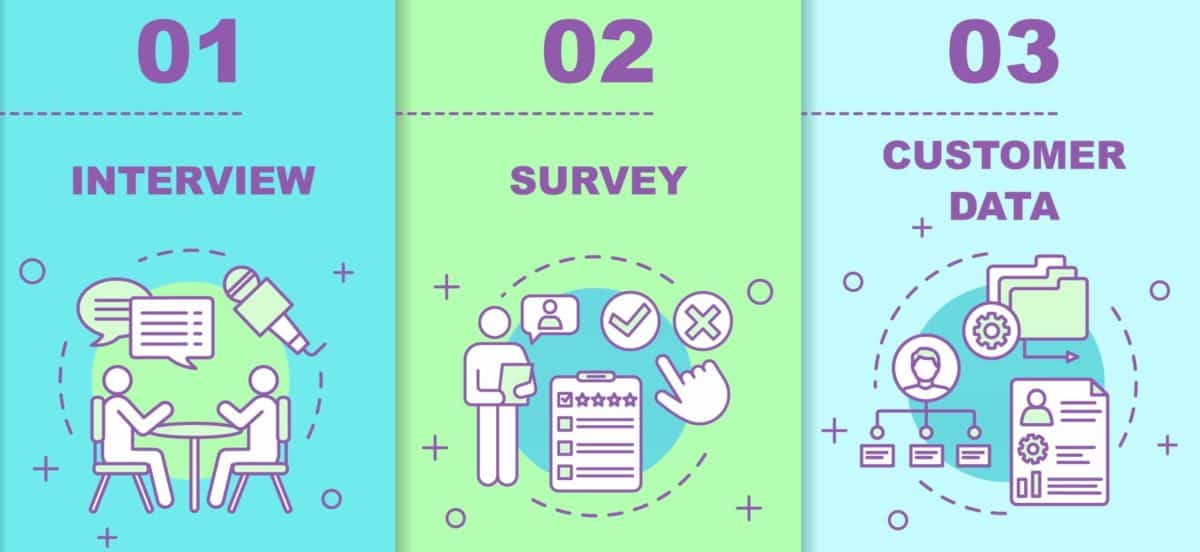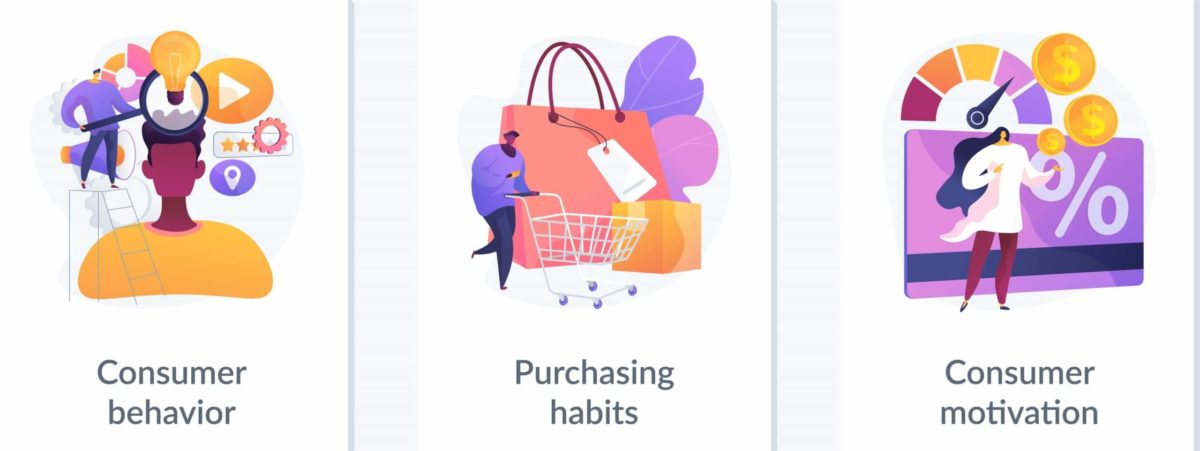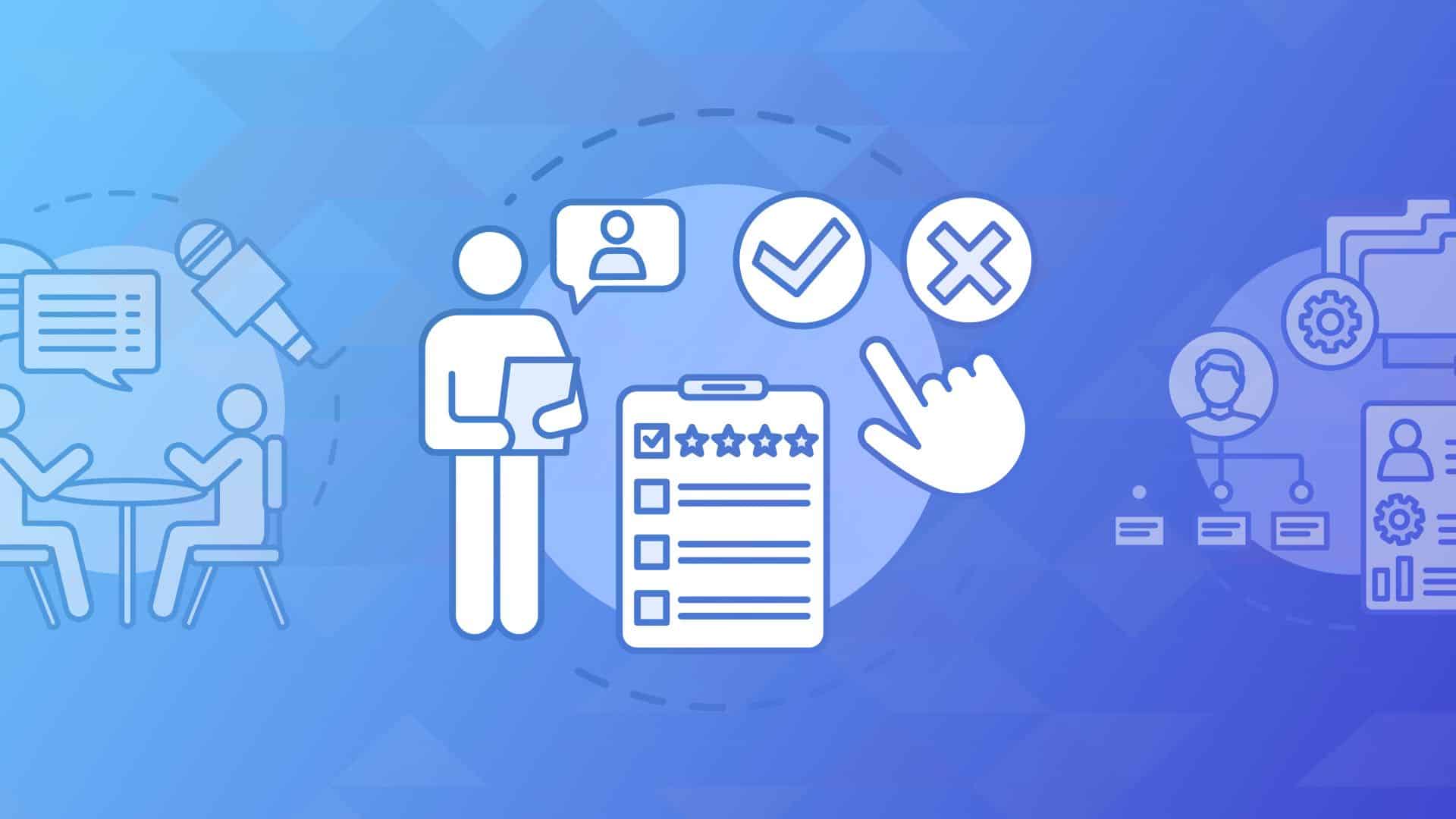Buyer Persona, Part I – What It Is and Where to Start
There’s so much fuss about Buyer Personas. But can they really help you understand your target audience?
The Buyer Persona.
No, it’s not some fraction of the mind guilty for our retail therapy habits.
If you’re even slightly familiar with marketing, you’ll know the concept is bandied about like no other. That’s because personas are pivotal aspects of both marketing know-how and User-Centered Design (UCD).
To cut to the chase, a buyer persona is a fictional profile built to accurately depict a typical customer. If done right, it will clearly reveal characteristics shared by people in your target audience. On top of the usual demographics, it describes a series of finer psychological values and traits known as psychographics.

We’ve seen people use the phrase ‘ideal customer’ in their definitions, but we think that might give you the wrong impression. Making a buyer persona is (almost) the exact opposite of a creativity exercise. That’s because it’s based on heavy research.
But is that heavy research worth it, and can the Buyer Persona make that difference?
Actually, let’s ask another question: how well do you know your target audience? If you’ve been trying to reach out to the right public through marketing campaigns with little to no return on ROI, you’re definitely not alone. On top of that, if you’re a startup aiming to drive relevant traffic to your online store, things get even trickier.
The sheer number of ads bombarding us daily is somewhere in the thousands, and, to nobody’s surprise, the never-ending surplus has only made people turn their heads away at the mere sight of promotions. Chances are you’re using an Ad blocking software as you’re reading this article. So how, exactly, can a fairly new business make it the ads jungle? What’s more, if you want people to do more than spare a glance, then you’ll have to tailor these campaigns to genuinely convince an audience (let’s say, to purchase on a website or to share, review and recommend a product).
If you’ve already set up a marketing strategy, but its results were disappointing, then it was most likely not backed up by the exhaustive insight that buyer personas can offer. And the greatest part is that their applications go way beyond marketing.

Extensive Applications
They’re huge. Personas provide a conceptual framework for all strategic decision-making that involves your customers. In other words, it’s a core component of any solid business strategy. That’s because it impacts – directly or indirectly – everything from page traffic and effective sales to overall brand image.
What kind of benefits can accurate, well-defined buyer personas bring to a business?
1. Strategic Marketing & Smart Investments
Marketing and sales departments will use the data you gather to guide their strategic decisions and invest in areas and content that speak to their target audience. You’ll have to start tailoring your marketing campaigns to address existing buyers’ needs and concerns. Naturally, what these needs and concerns actually are is something you can comprehend with a handful of buyer profile printouts by your laptop.
On top of that, the complex customer research going into making a persona will also offer extensive insight into which business sector, product features, or web platforms are worth your short-term or long-term efforts and human/financial resources. That way, you can choose the investments with the highest rate of return (RoR).

2. Optimized Design, User Maps & User Personas
We’ve mentioned User-Centered Design (UCD), and not by chance. The data collected to trace out the psychological profile of your target customers is useful to your (product/website/platform) development and design teams. In fact, buyer personas can make a fairly good base for what UX and UI designers call a…user persona (but that’s a subject for another blog).
3. SEO and Content Creation
Content strategy research can also heavily benefit from very the same insight. At the end of the day, you’re not trying to optimize your content so that it pops up in someone’s search results. Effective SEO ensures you’re reaching the exact target audience you had in mind in the first place. And that’s no easy job. Your customer’s preferences related to wording, tone, formality, format, design, and other similar aspects should be made clear by a well-documented buyer persona.
4. Results: Turning Traffic & Leads into Customers
Hit the nail on the head? Once search-optimized content ensures you’re getting significant organic traffic to your website or social media platforms, important leads are on their way. However, keeping the conversation going and turning these leads into actual customers is a whole different story. Here too, you can benefit from the same psychological insight revealed by your persona research.
That is to say, everything from how you design an e-commerce platform to how you address a customer concern builds upon the exact same expertise we’ve described so far. If these sorts of things are done the right way, your business will access a progressively larger customer base.
Let’s Talk Business: The Buyer Persona Template
It’s all ready. You’ll find a link to our original Buyer Persona Template at the end of this article. Before that, we’ll introduce its key elements – they’re all included in our template in greater detail.
These broad categories are:
Demographics: name, age, gender, location, education, income data, etc.
Professional Profile: such as job title, level, and industry knowledge.
Psychographics: they include professional and personal goals, general desires, beliefs, value systems, and other relevant preferences.
Pain Points and Challenges: what does the persona struggle with? Define frequent obstacles, as well as irrational and rational fears.
Influences and Key Information Sources: look for information covering favorite media types, frequented blogs, social networks, and sites.
Purchasing Process: what is the persona’s role in the purchase decision-making process? Can you identify any purchase patterns (i.e., purchase time, frequency, etc.)?

Final Thoughts
We’ve seen that pretty much anything related to your customer base is impacted by the quality of research that goes into creating a buyer persona. So then what happens if you don’t have the right data? Well, big trouble: holding a false and inaccurate idea about your customers can harm your business more than having none at all.
To gather up useful and reliable information, you’ll have to employ the right research methods. Next week’s blog will show you how to collect the data needed to fill in an exhaustive Buyer Persona Template.
In the meantime, you can download it here.
We recommend you also give this Semrush article a quick read.












